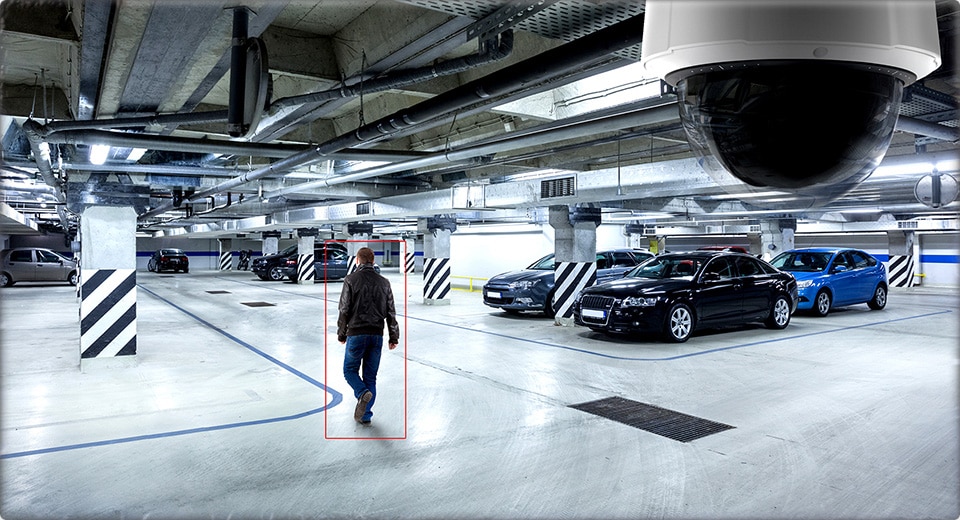BrainChip AI software helps police search video for identifying patterns or faces

BrainChip Holdings Ltd. has released the artificial intelligence-powered BrainChip Studio, which is designed to help law enforcement and intelligence organizations rapidly search enormous amounts of video footage for identifying patterns or faces.
Leveraging spiking neural network technology, a type of neuromorphic computing that simulates the functionality of the human visual tract, BrainChip Studio is able to work on low resolution video and requires only a 24×24 pixel image to detect and classify faces.
The software includes advanced facial detection, extraction, and classification algorithms.
In a recent field trial, BrainChip Studio successfully detected, extracted and classified in real-time more than 500,000 facial images during 3.5 hours of video across eight different cameras.
In another trial, the software processed 36 hours of recorded video in less than two hours, extracting over 150,000 facial images.
There is a significant market opportunity for this kind of software considering there has been little increase in the ability to analyze video despite the massive growth in both video surveillance and video data storage.
“According to IHS market research, 197 million surveillance cameras will be sold during 2017. This is in addition to the estimated 300 million cameras already in use,” said Robert Beachler, BrainChip’s senior vice president of marketing and business development. “BrainChip Studio’s forensic search capabilities tames this massive amount of video information, making it practical for a single individual to search for exactly what they need across multiple video sources.”
BrainChip Studio’s spiking neural networks can be trained on a single image in milliseconds, enabling rapid searches of video for unknown patterns.
The technology also recognizes patterns in low-resolution, noisy environments, making it well-suited for the large amount of previously installed video surveillance systems.
“Unlike current convolutional neural network technologies that require extensive pre-labelled datasets and expensive cloud-based training and acceleration, BrainChip’s spiking neural network can be implemented in software with traditional CPUs and trained on-premise,” said Peter van der Made, BrainChip’s founder and CTO. “Therefore, BrainChip Studio can be deployed in the field in highly secure environments that may not have cloud connectivity.”
In May, BrainChip Holdings Ltd. successfully raised AUS$6.0 million (US$4.5 million) through a share placement.
Article Topics
artificial intelligence | biometrics | BrainChip | face detection | image recognition


Comments